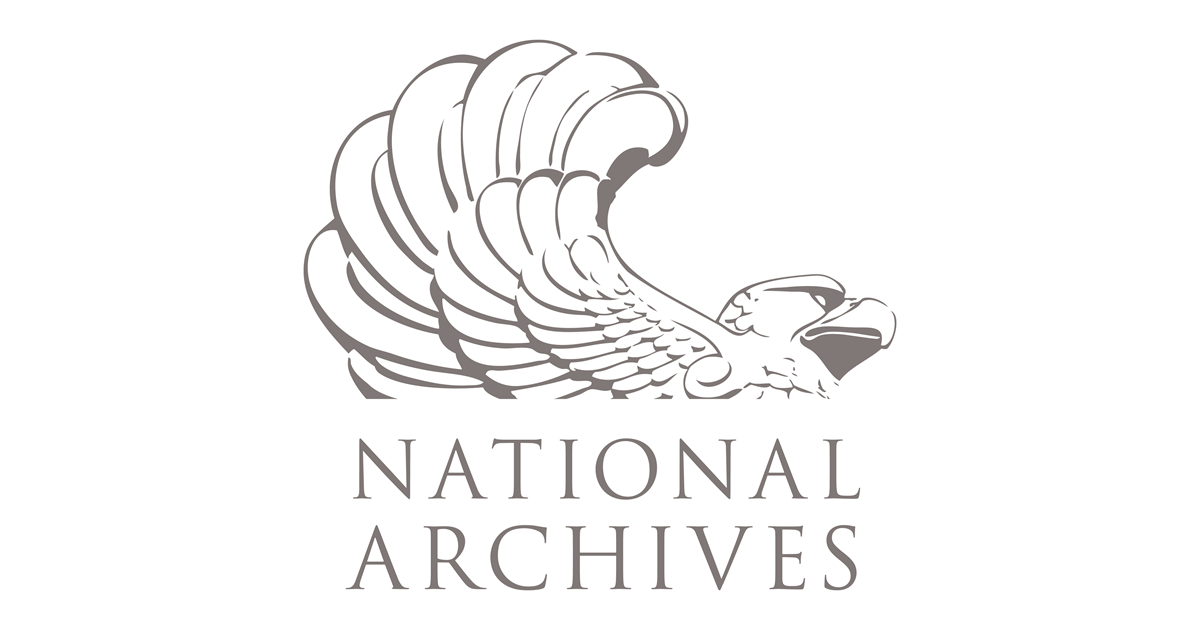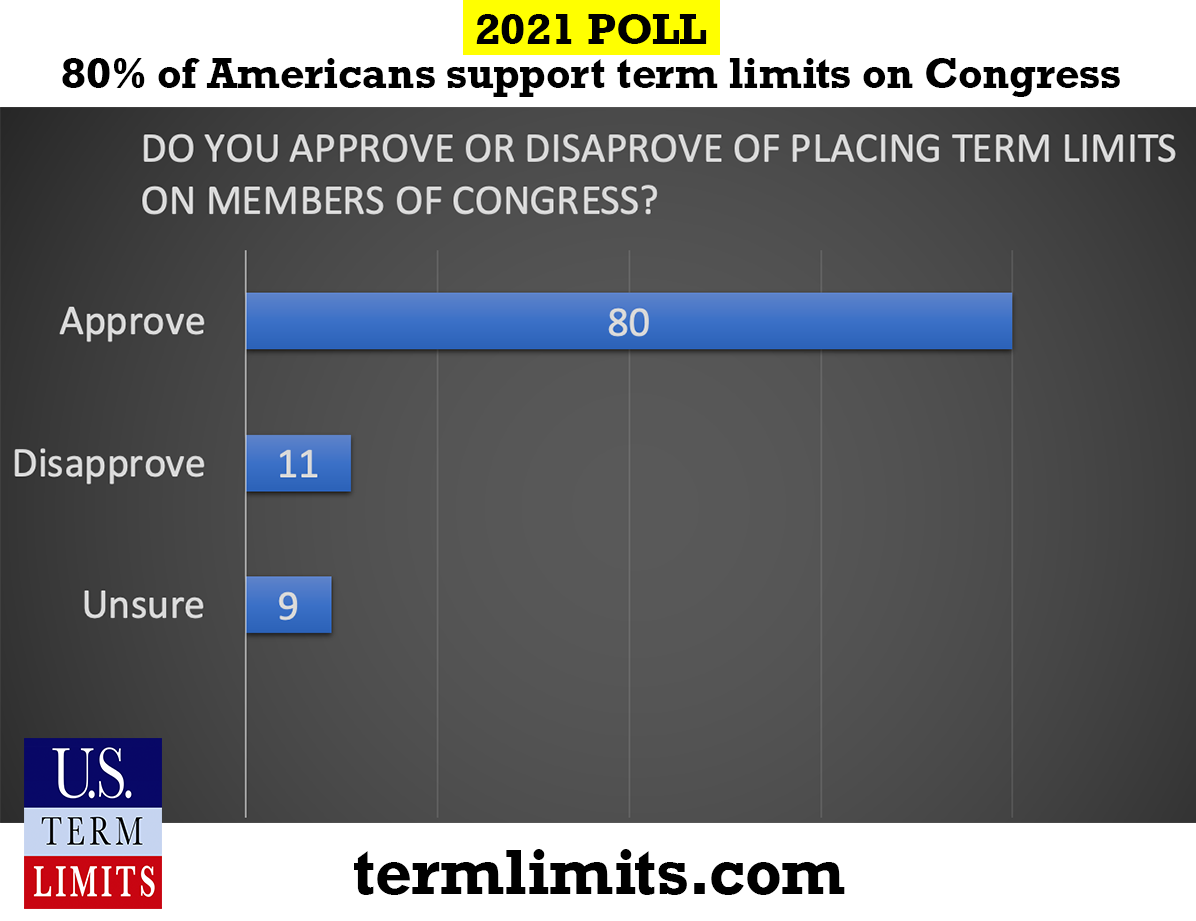Both WDW and SG are a little off in their information to add a Constitutional Amendment to the Constitution.
Step 1 Proposal - The Constitution provides that an amendment may be proposed either by the Congress with a two-thirds majority vote in both the House of Representatives and the Senate or by a constitutional convention called for by two-thirds of the State legislatures. None of the 27 amendments to the Constitution have been proposed by constitutional convention. The Congress proposes an amendment in the form of a joint resolution. Since the President does not have a constitutional role in the amendment process, the joint resolution does not go to the White House for signature or approval. The original document is forwarded directly to NARA's Office of the Federal Register (OFR) for processing and publication. The OFR adds legislative history notes to the joint resolution and publishes it in slip law format. The OFR also assembles an information package for the States which includes formal "red-line" copies of the joint resolution, copies of the joint resolution in slip law format, and the statutory procedure for ratification under 1 U.S.C. 106b.
Step 2 Ratification - A proposed amendment becomes part of the Constitution as soon as it is ratified by three-fourths of the States (38 of 50 States). When the OFR verifies that it has received the required number of authenticated ratification documents, it drafts a formal proclamation for the Archivist to certify that the amendment is valid and has become part of the Constitution.
Step 1 Proposal - The Constitution provides that an amendment may be proposed either by the Congress with a two-thirds majority vote in both the House of Representatives and the Senate or by a constitutional convention called for by two-thirds of the State legislatures. None of the 27 amendments to the Constitution have been proposed by constitutional convention. The Congress proposes an amendment in the form of a joint resolution. Since the President does not have a constitutional role in the amendment process, the joint resolution does not go to the White House for signature or approval. The original document is forwarded directly to NARA's Office of the Federal Register (OFR) for processing and publication. The OFR adds legislative history notes to the joint resolution and publishes it in slip law format. The OFR also assembles an information package for the States which includes formal "red-line" copies of the joint resolution, copies of the joint resolution in slip law format, and the statutory procedure for ratification under 1 U.S.C. 106b.
Step 2 Ratification - A proposed amendment becomes part of the Constitution as soon as it is ratified by three-fourths of the States (38 of 50 States). When the OFR verifies that it has received the required number of authenticated ratification documents, it drafts a formal proclamation for the Archivist to certify that the amendment is valid and has become part of the Constitution.



Comment